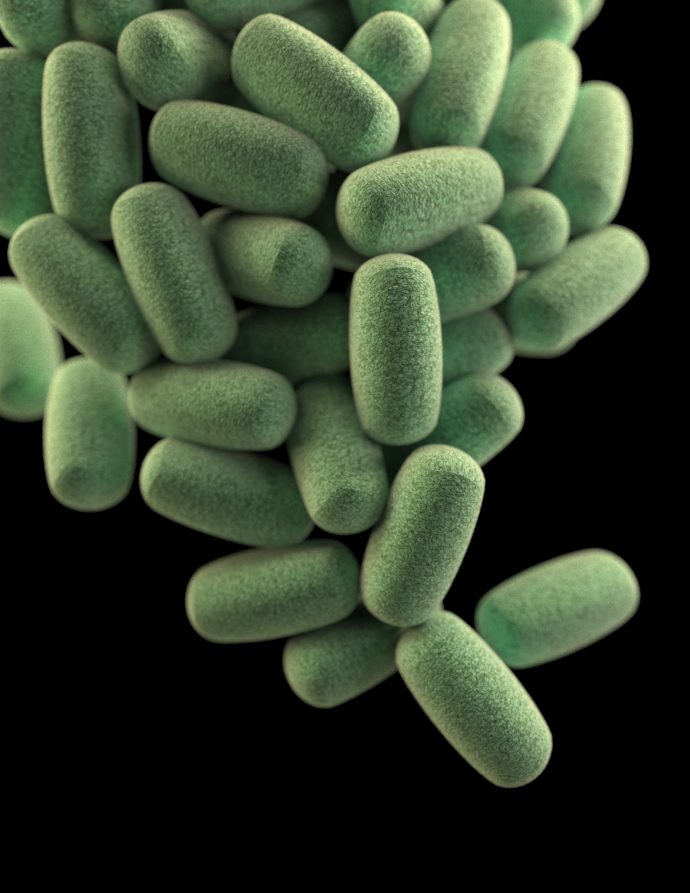Kratom has been around for centuries in various parts of the world. However, its medicinal use is still fairly new in some places. An understanding of how it has developed over the years, what its effects are, and how it might be used today can provide people with a broader understanding of this product.

Folk Medicine
Kratom gets its start in folk medicine. In ages past, some farmers or hard laborers were thought to use the plant to deal with some of the harsher conditions brought on by strenuous, exhausting work at the time. A Dutch scientist would later discover kratom in his travels, and he sent samples back to a university for testing. These tests would conclude that there was a possibility of using kratom in medical research. There are a few strains of kratom that contain varying amounts of active chemicals that can produce medicinal effects in humans.
Stimulants and Depressants
One of the unique things about kratom is its ability to produce either stimulating or calming effects depending on how one uses it. Some anecdotal case studies report that in low doses, increased alertness and general stimulation occurs. In higher concentrations, it seems to produce some relief from stress or anxiety. These contradictory uses could make kratom capsules a good choice for people who prefer to rely on fewer chemicals to achieve either energy boosts or reductions in anxiousness as needed.
Pain Relief
Kratom seems to have some psychoactive effects, but some people report that it can help with physical medical conditions as well. Some consumers of the capsules report that they experienced some pain relief, greater focus, and a general escape from fatigue. A few people report that the sharper focus can dull internal discomfort or deal with the debilitating effects of serious headaches and related problems.
Other Treatments
In addition to positive uses that focus on the treatment of pain, there may be other ways individuals can use kratom to deal with their symptoms. The plant may help you lower inflammation, or it could regulate your body temperature to get a fever under control. Some of the possible side effects could include dizziness, loss of appetite, or dry mouth. Symptoms can vary from one person to the next.
The use of kratom may have started in some Asian countries, but it has become a more widespread product as global trade routes have increased over the years. Although some people do report positive effects after using kratom, it is important to note that research is still ongoing. There is not a clinical consensus on the effectiveness of kratom for medical maladies. Each person interested in using the extract should take care to read the research and testimonials associated with it.

